Classic Spruce Tip Syrup
Classic Spruce Tip Syrup
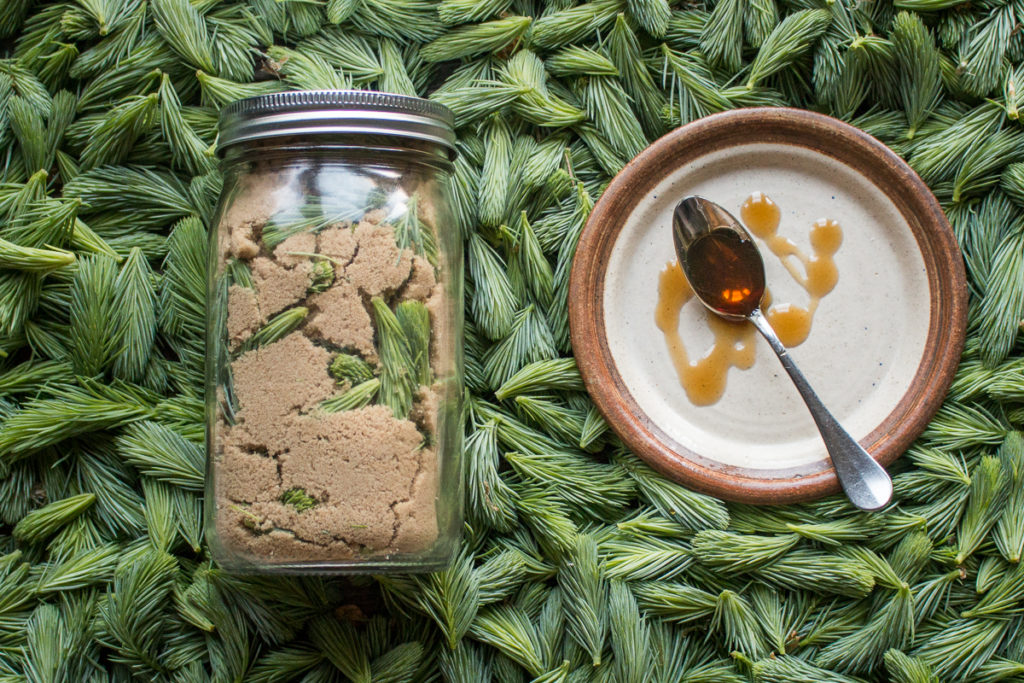
Rich, aromatic syrup made from spruce tips and sugar aged in the sun. Yields about 2 C. of finished syrup. For large batches, note that all you’re doing is combining the spruce tips with twice their weight in sugar.
2.5 C. (8oz) Spruce tips
2 C. (16 oz) Brown or organic sugar
Combine the spruce tips and sugar and pack into a quart ja, pressing down occasionally to compact the mixture. Leave the jar out at room temperature. Some people leave them in the sun, which speeds the process. You’ll notice the volume of ingredients decrease as the spruce tips release their liquid. Keep the jar like this for 1-2 months, or for an oldschool version, bury it in the ground and dig it up the next spring. Stir the jars occasionally, pressing the tips down to keep them under the syrup with a clean spoon.
To make the syrup  After the initial maceration (aging with sugar) pour and scrape the spruce-sugar slush into a pot. Bring the mixture to a boil to dissolve the sugar, strain, then bottle and store. Discard the spent tips, and thank them for their service. If for some reason, your syrup is a bit thick after cooling (over-reducing can stiffen or crystalize in the fridge) warm it back up and carefully adjust the consistency by adding a touch of water. Storing the finished syrup: Store the finished syrup in the fridge. To preserve it long term (it’s totally safe as it’s basically all sugar) pour it boiling hot into a jar nearly to the brim, turn upside down and allow to seal, or process in a water bath in mason jars. If held at room temp after opening mold may form on the top, but it can always be re-boiled and refrigerated. This is super sturdy stuff.
No rocket science here. This is a sweet syrup, perfect in place of maple syrup on pancakes or anywhere you’d use maple, but also good with other things with it’s sharp piney aroma. Here’s a few examples of how I’d it.
- With cheese. Soft cheese, especially goat cheese, loves the piney kick of spruce syrup, maple on the other hand, might be a little bland.
- Drizzled on crepes filled with berries and cream cheese (an old brunch dish I used to run worth revisiting).
- With thick yogurt. I often eat a bowl of granola and thick greek yogurt for breakfast, and drizzling on some spruce syrup, along with a handful of berries makes for a great meal.
- As a glaze for meats. Think ham, etc. A T. per 1.5 lbs or so meat like fatty ground pork can make a nice breakfast sausage too.
- Lining flan molds. Sometimes I’ll add a drizzle of honey to the molds of a panna cotta or flan instead of caramel, and spruce syrup works just as good, it will turn into a natural sauce when the custard is unmolded.
- Beverage sweetener. Think lemonade, drinks, etc.
- Tossed with unsweetened, fresh fruit instead of sugar. Sometimes for dessert I might want just some fresh raspberries tossed with sugar and a dollop of whipped cream. Fresh berries tossed with spruce syrup will eventually give up some of their own juice and make a sort of natural sauce.
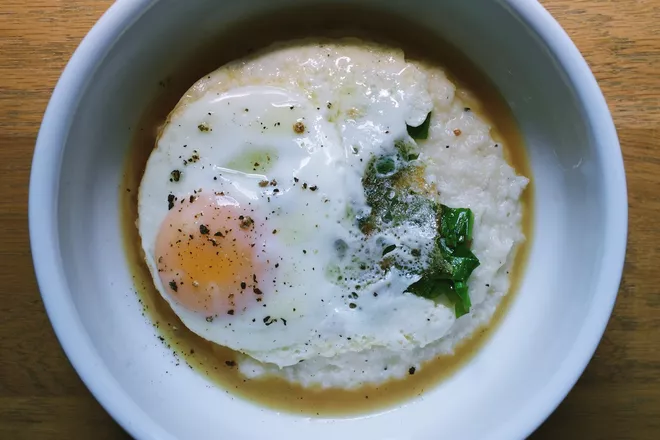 Ramps on Grits
Ramps on Grits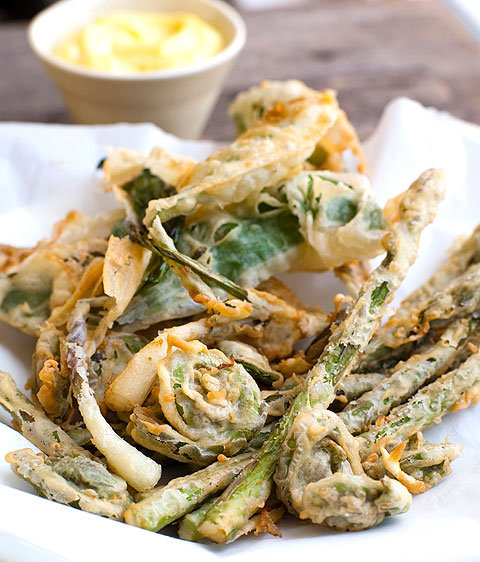 Fritto Misto of Fiddleheads, Ramps and Asparagus with Meyer Lemon Aioli
Fritto Misto of Fiddleheads, Ramps and Asparagus with Meyer Lemon Aioli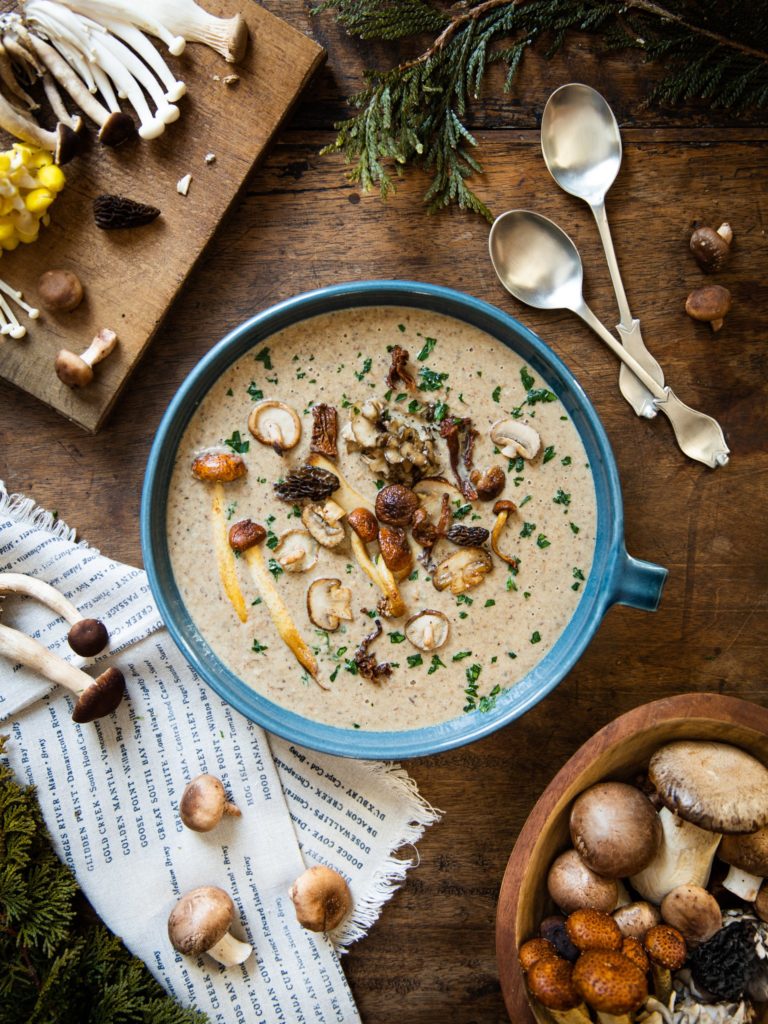
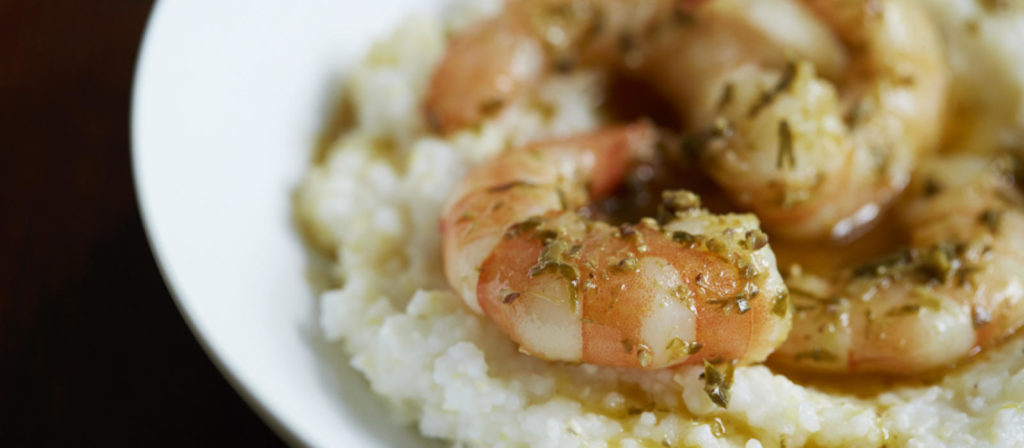
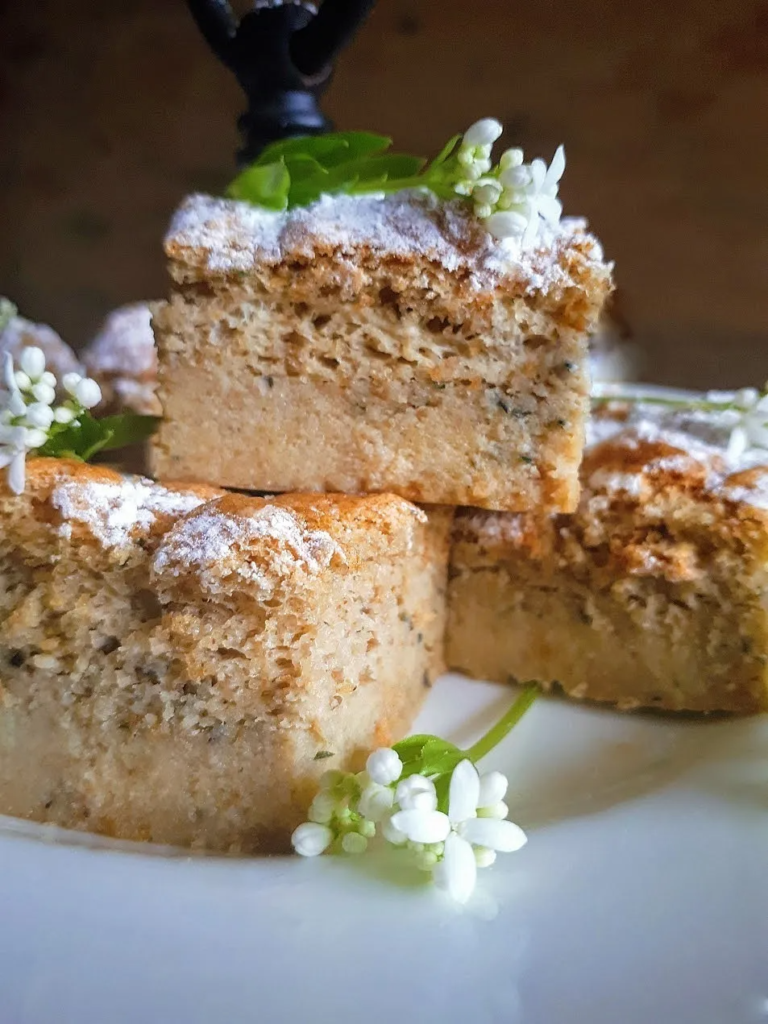
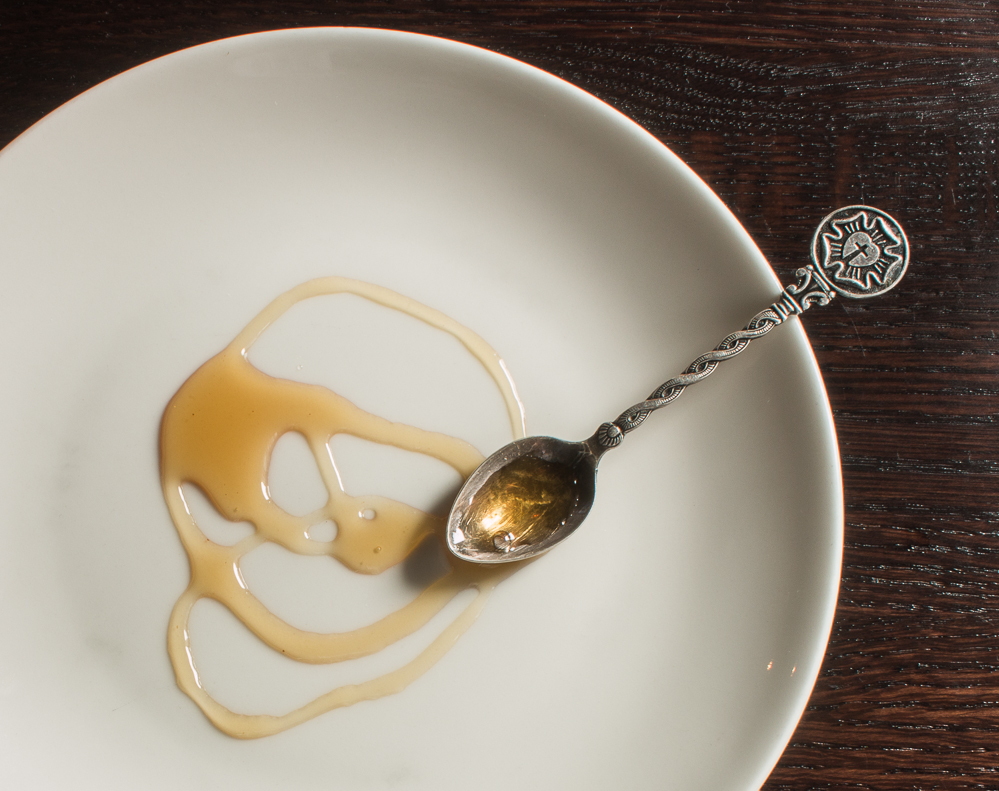
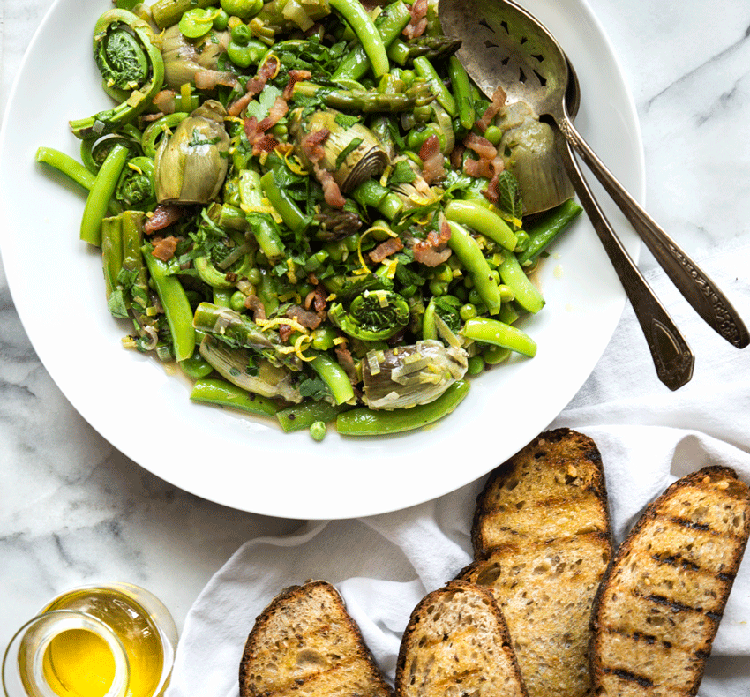
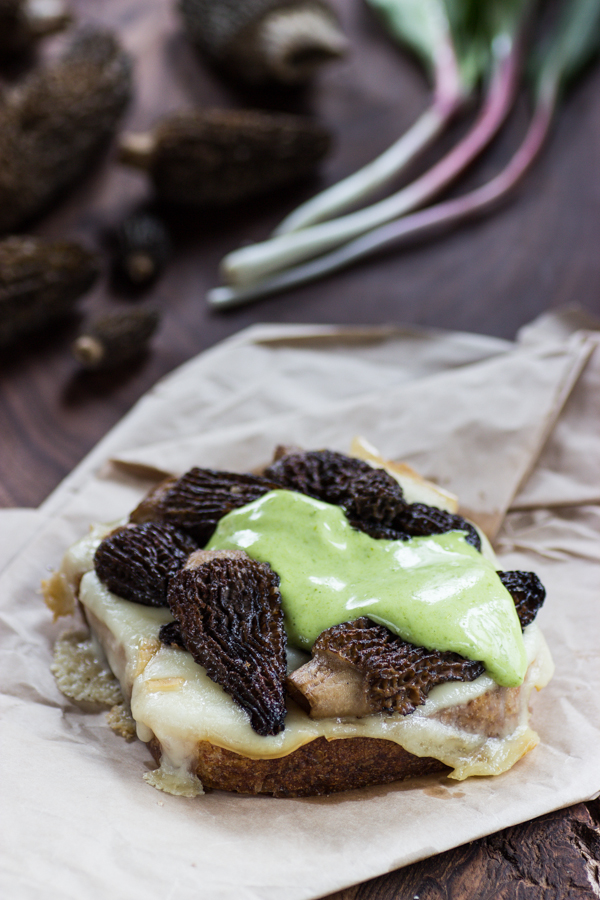
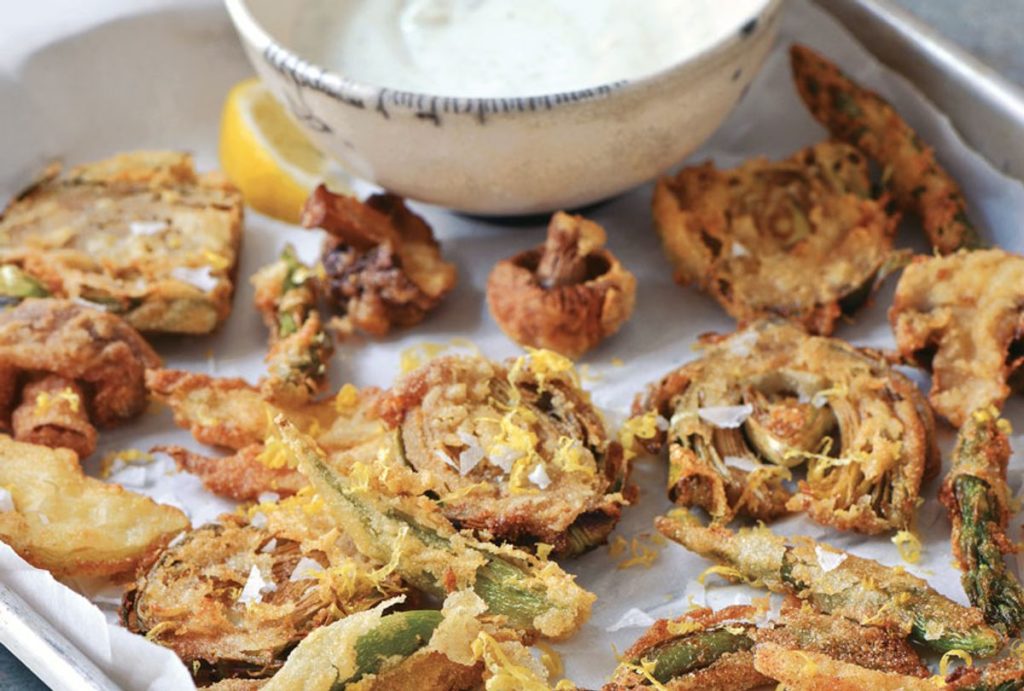
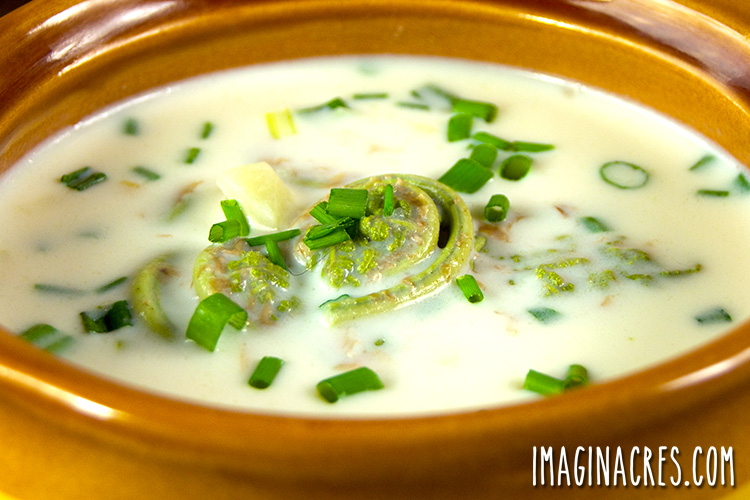
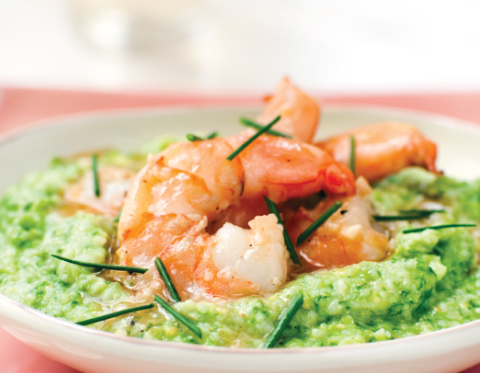
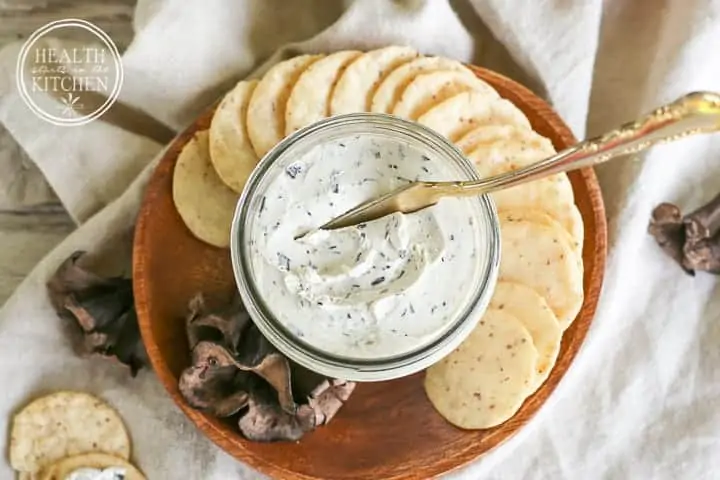
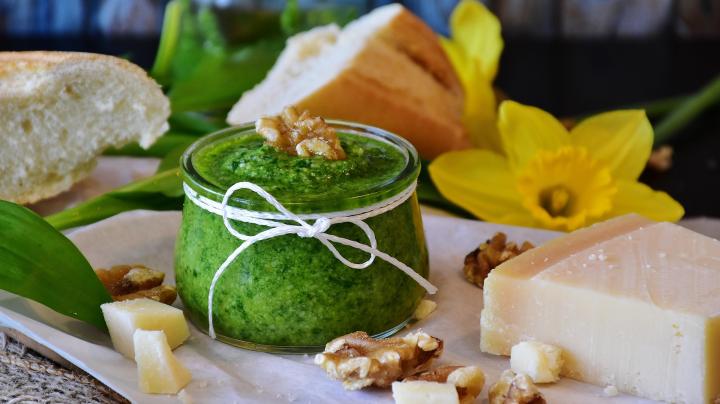
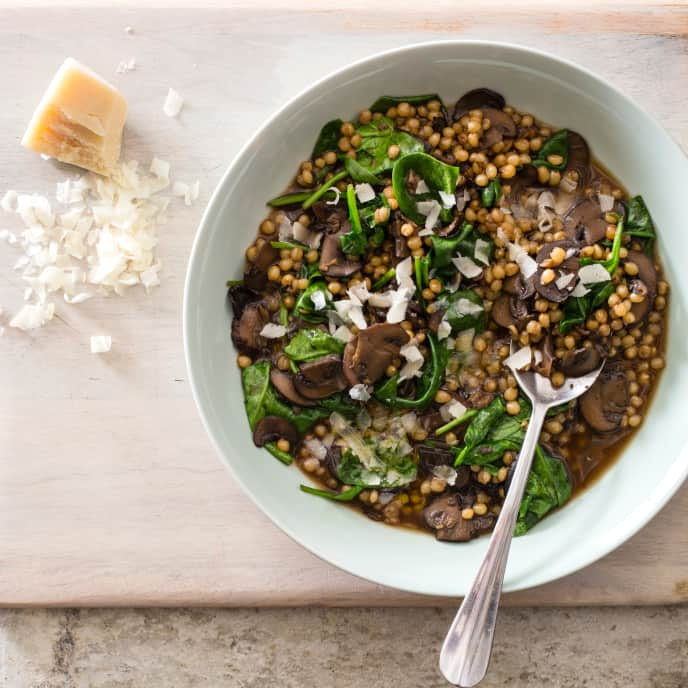 Wheat Berry & Wild Mushroom Stew
Wheat Berry & Wild Mushroom Stew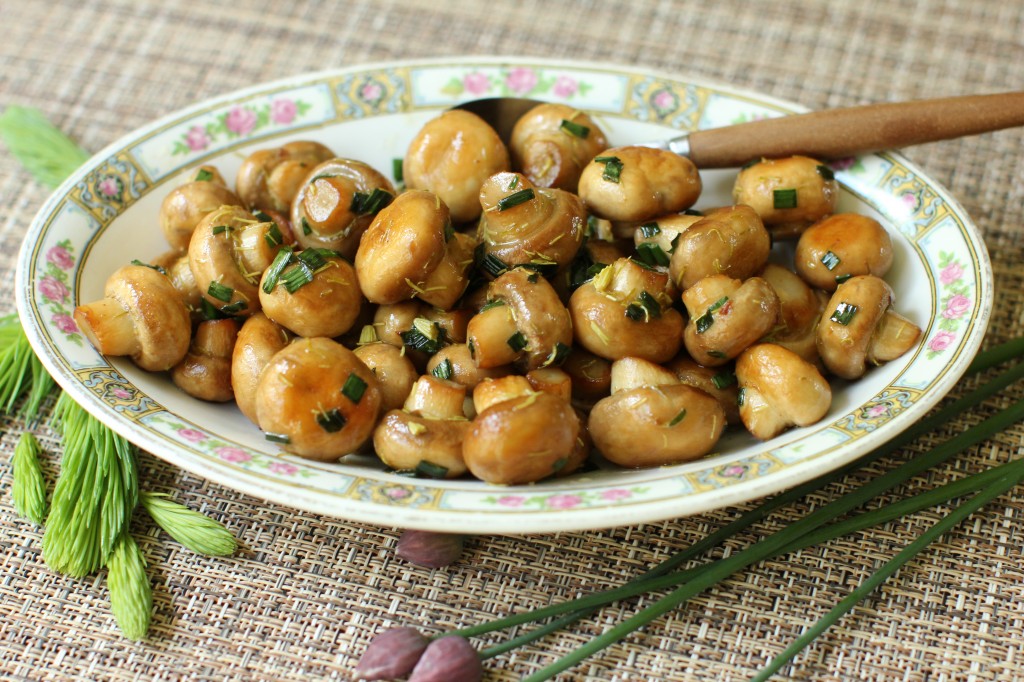
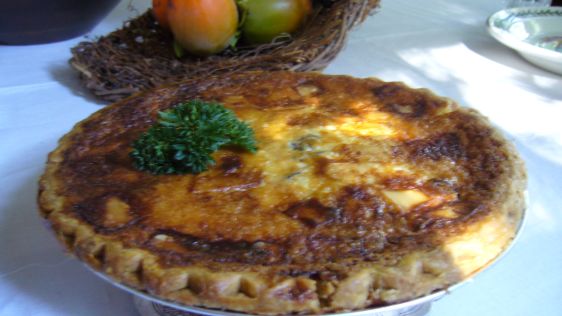
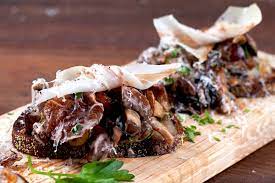 Wild Mushrooms and Lardo on Rye
Wild Mushrooms and Lardo on Rye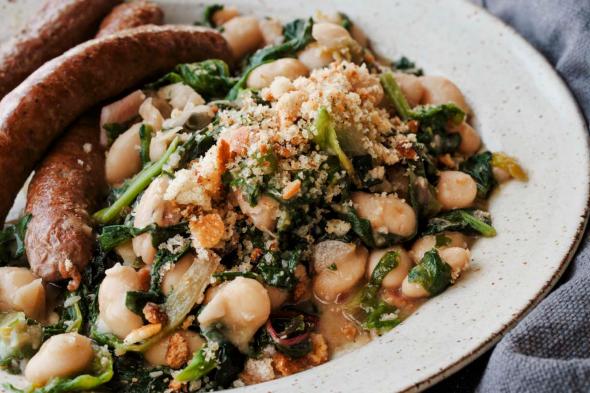
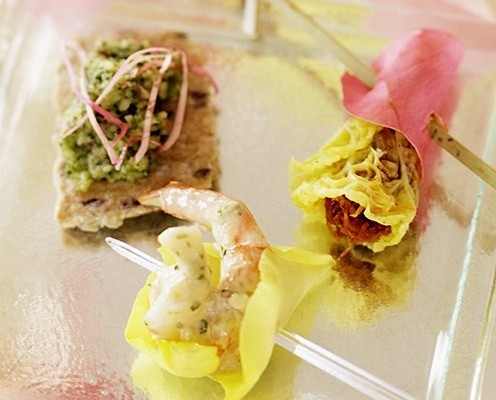 Rose Pesto
Rose Pesto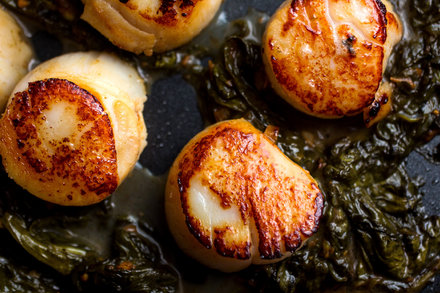
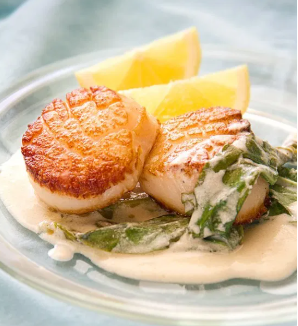
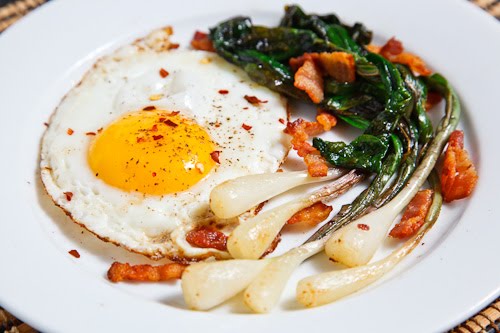
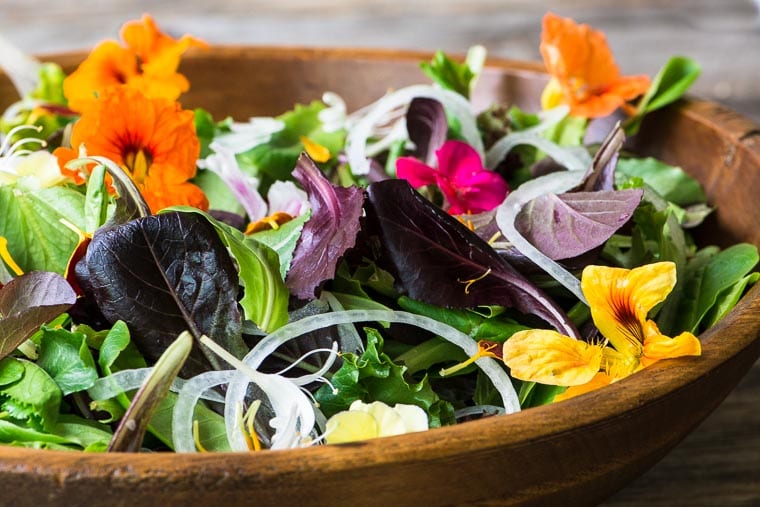
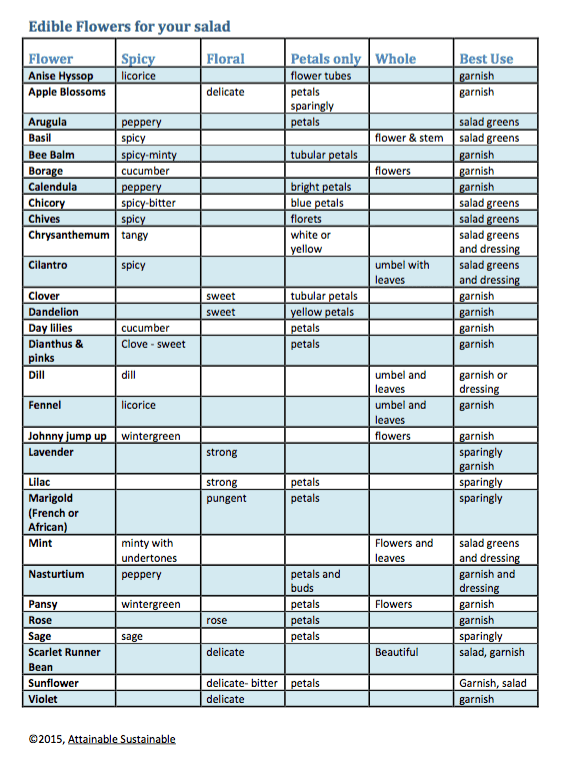
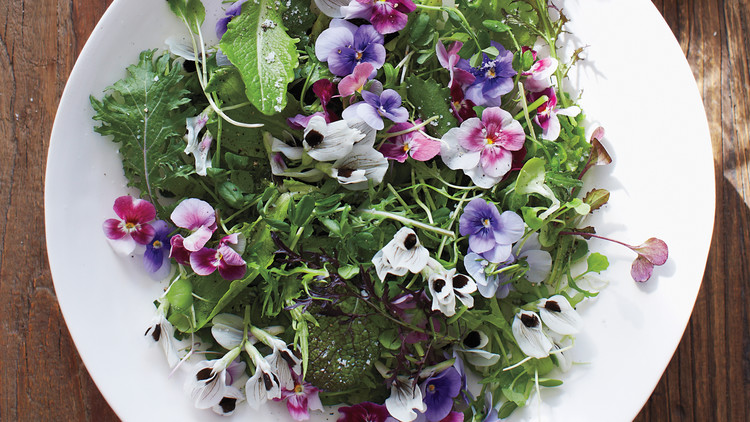
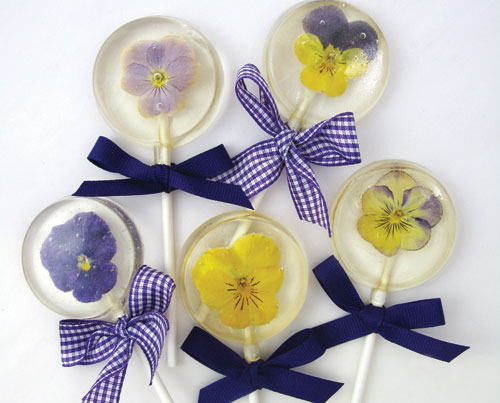
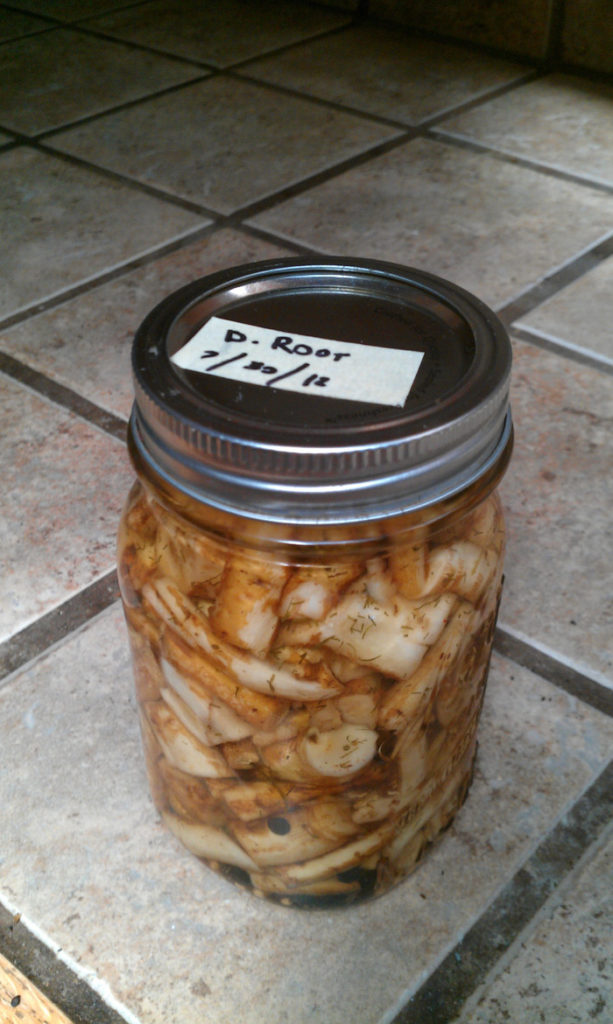
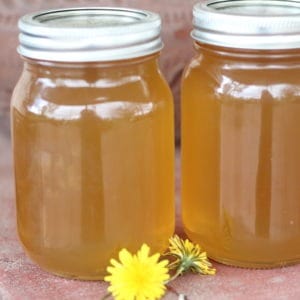
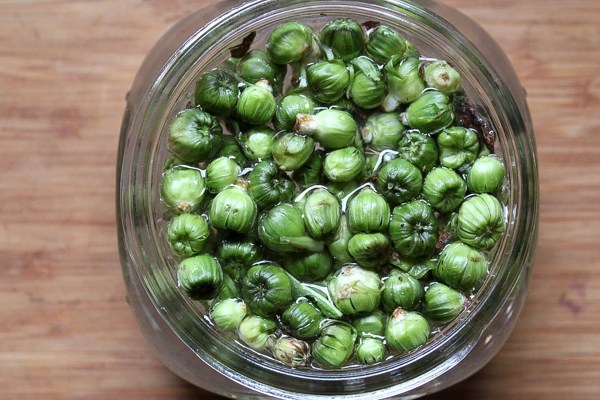
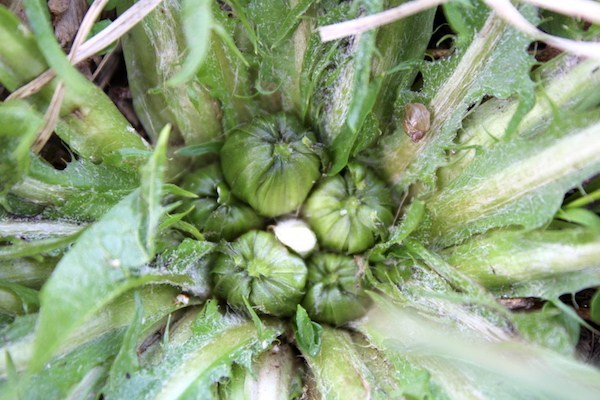

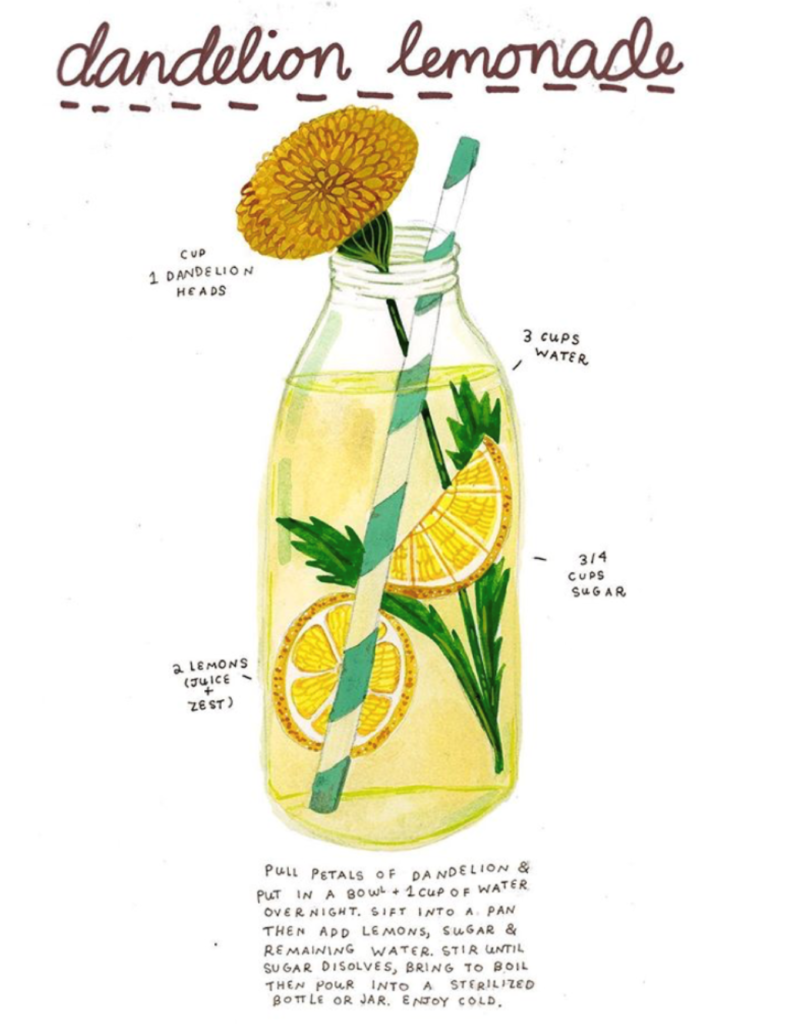
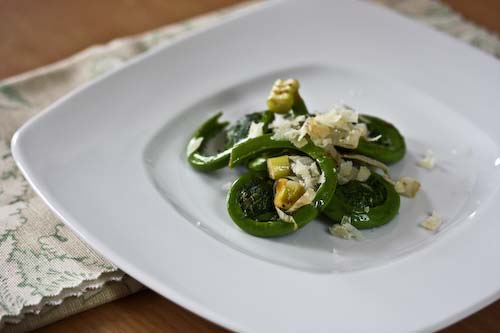
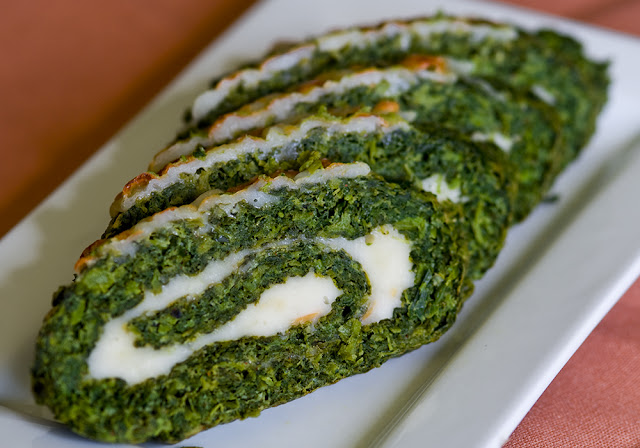 Garlic Mustard Roulade
Garlic Mustard Roulade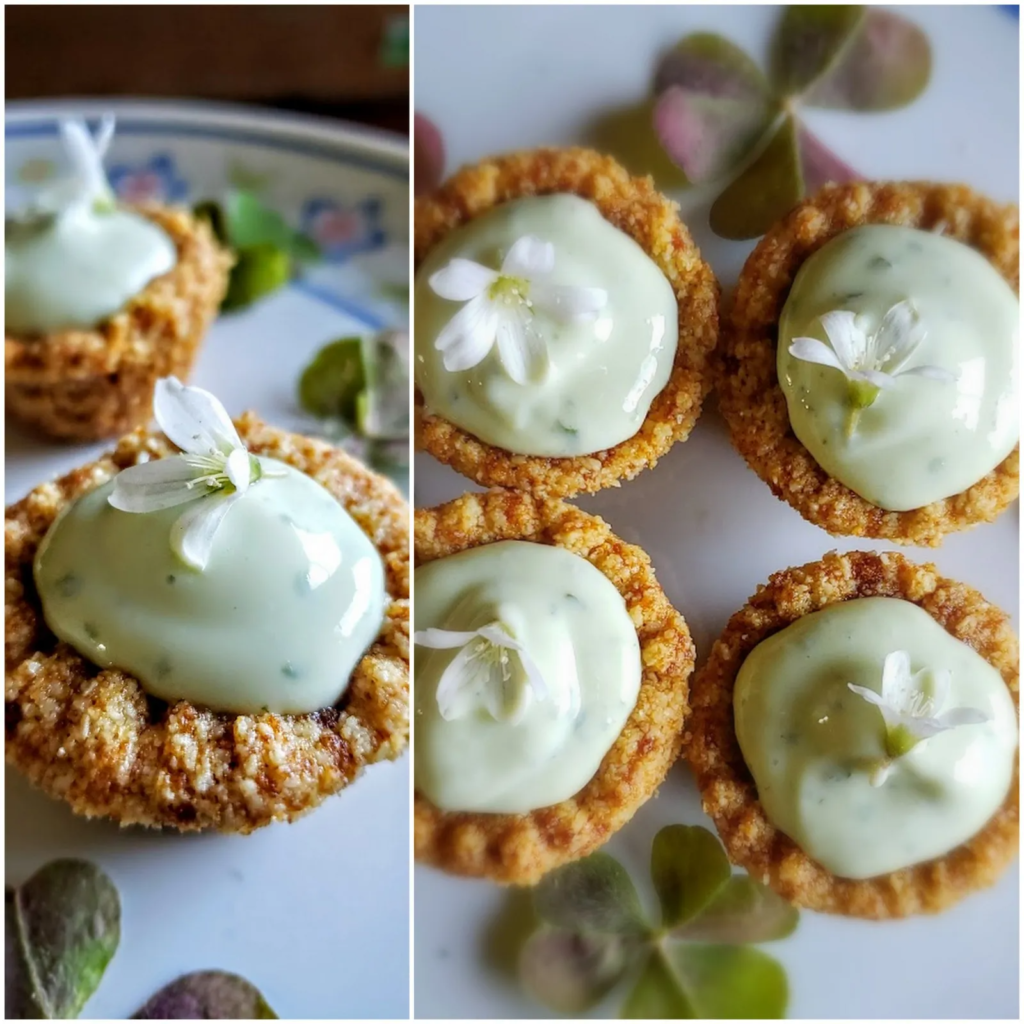 Wood Sorrel Cream Tarts
Wood Sorrel Cream Tarts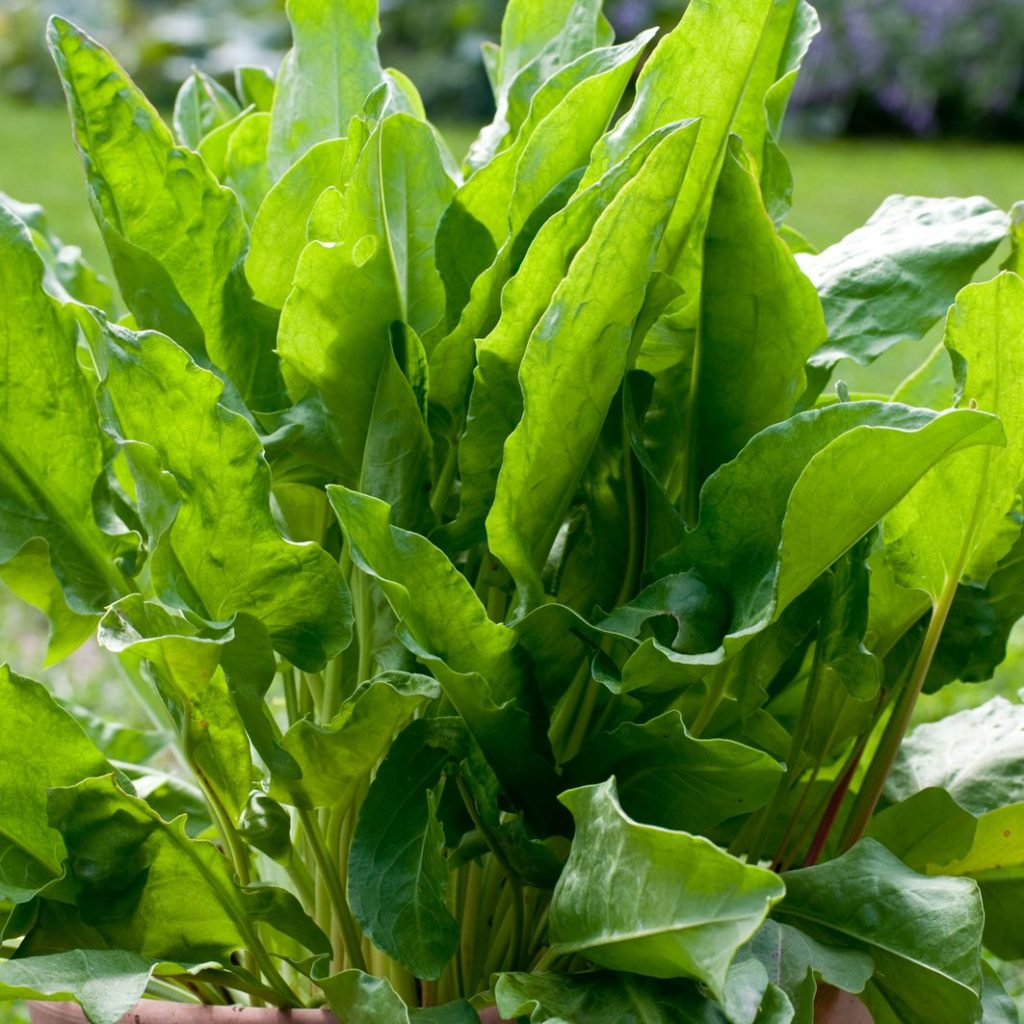
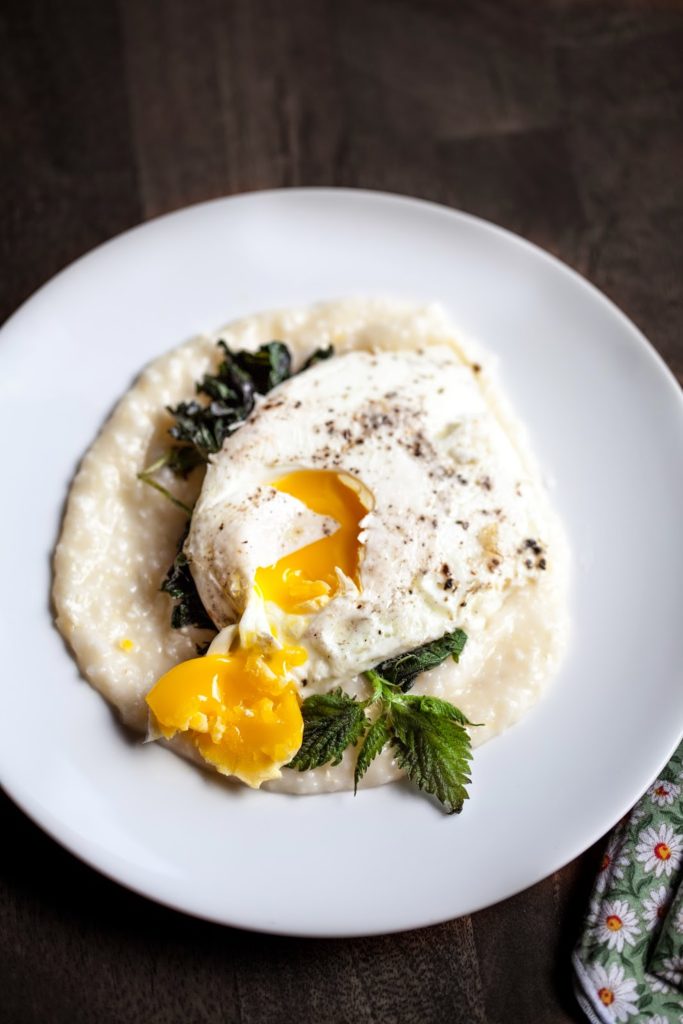
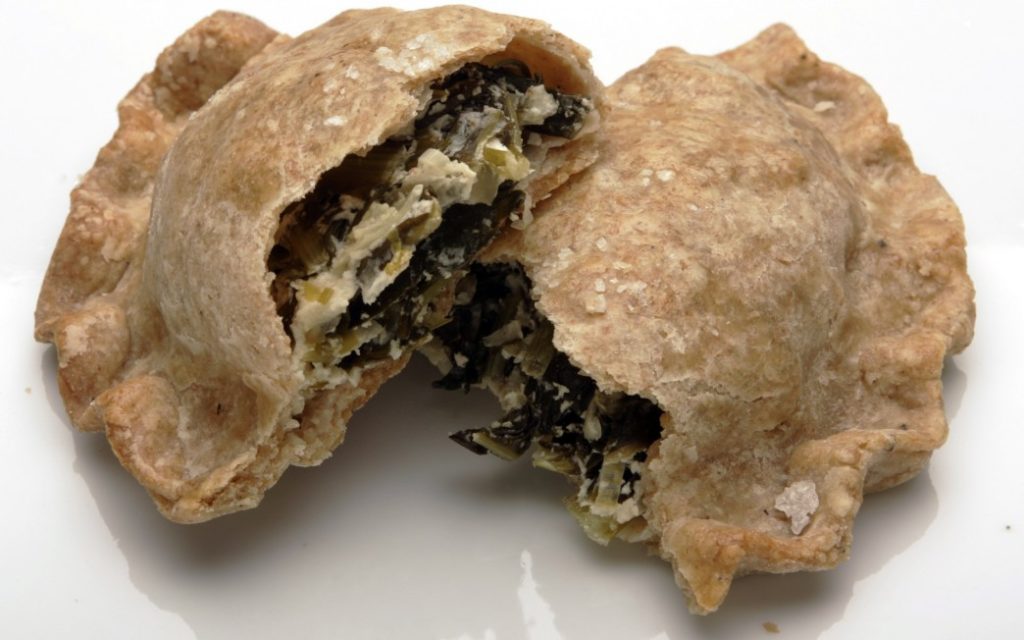
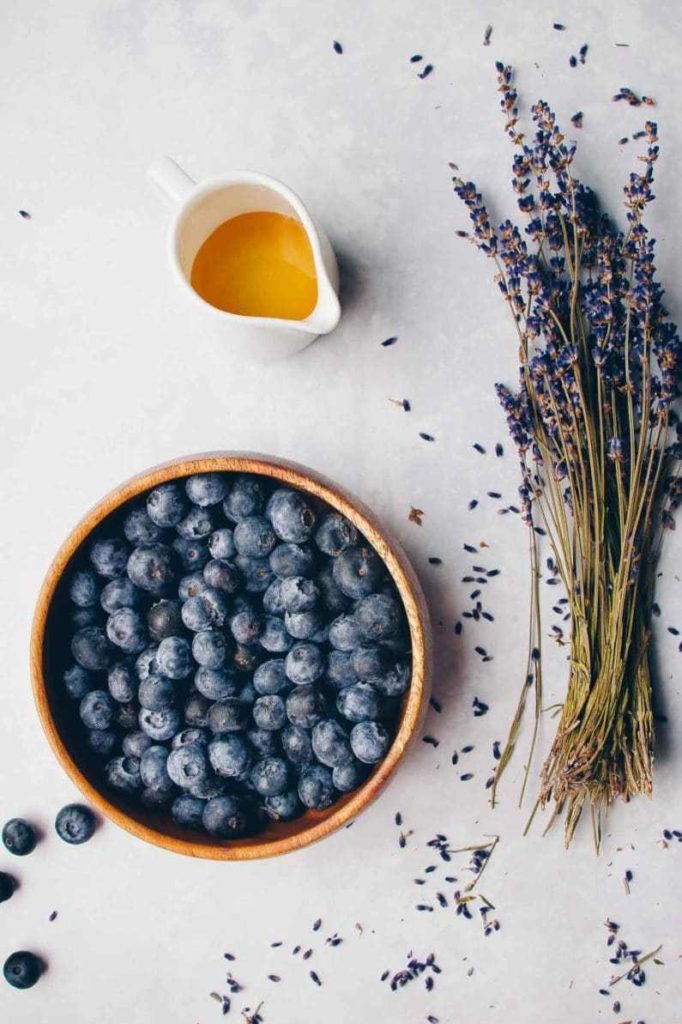 Cornmeal Pancakes with Huckleberry Syrup
Cornmeal Pancakes with Huckleberry Syrup
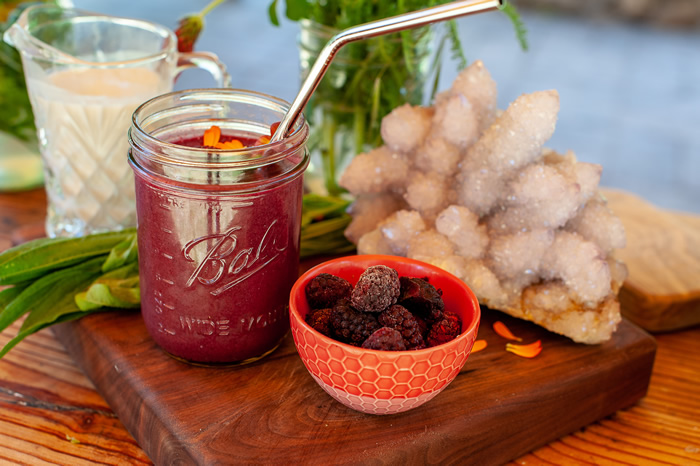 Wild Harvest Berry Tonic Smoothie
Wild Harvest Berry Tonic Smoothie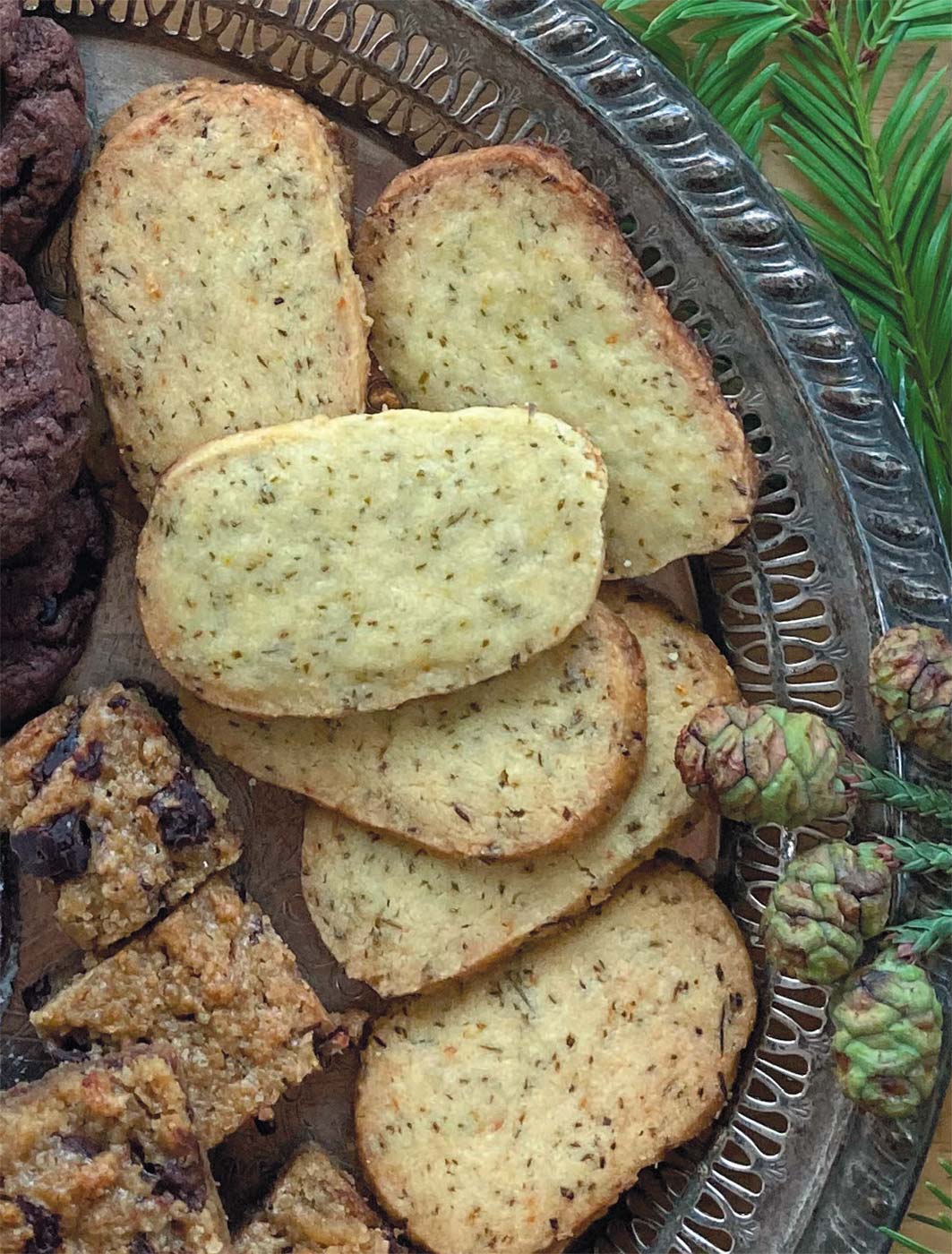 Conifer Needle Shortbread
Conifer Needle Shortbread